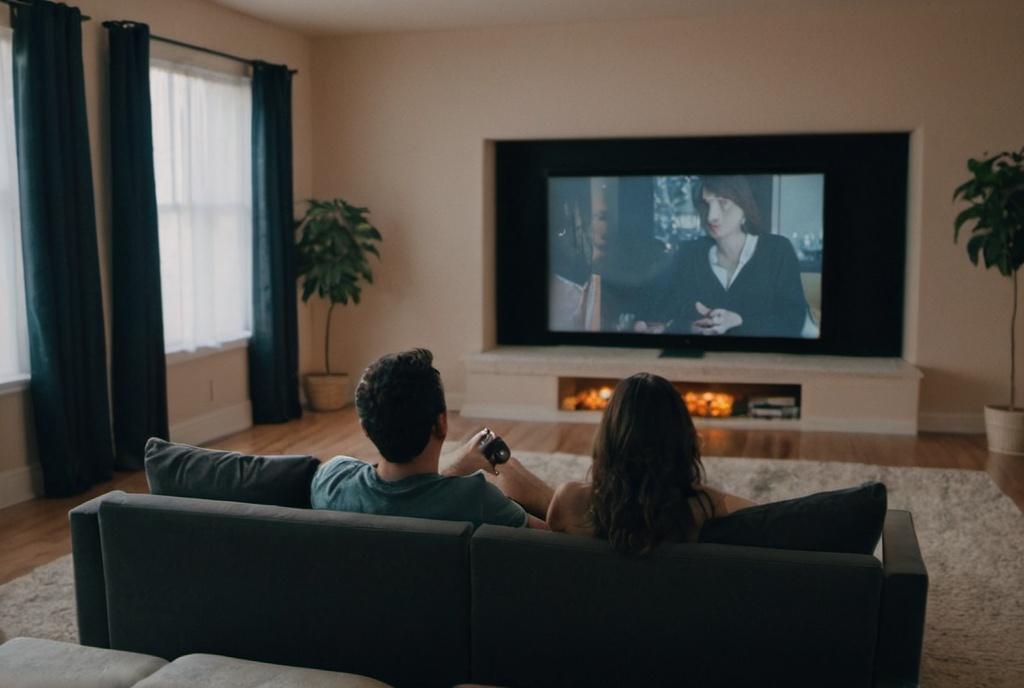
Key Take Aways About portrayal of gender in movies
- Cinema mirrors societal attitudes, showcasing shifts in gender roles over time.
- Classic Hollywood featured clear-cut gender roles with men as heroes and women in supportive or objectified roles.
- 60s and 70s films began challenging traditional gender roles slightly, with stronger female characters emerging.
- The 80s focused on male action heroes, with women often secondary, while teen films depicted limited female growth.
- The 90s saw more complex female leads but still relied on male savior narratives.
- 2000s onwards presented more diverse and empowered female roles, and challenged traditional male stereotypes.
- Modern cinema shows mixed progress, with both advancements and reliance on outdated stereotypes.
- Films have the power to reflect and influence societal gender norms, with ongoing progress needed.

Examining Gender Roles in Cinema
Movies are like a window into how society sees itself, and the portrayal of gender in films is no small part of that. You can almost draw a timeline of attitudes by tracing how gender roles have shifted on screen over the decades. From the damsel in distress to the kick-butt action hero, cinema reflects and shapes how we view gender.
The Era of Classic Hollywood
Back in the classic Hollywood days, the idea was pretty clear-cut: men were rugged heroes; women were elegant and nurturing. Think Humphrey Bogart standing in the rain, while Audrey Hepburn delivers a line so graceful you’d believe it could start world peace. The golden era didn’t mess with the formula too much, seeing women mostly in supportive roles and men as the saviors of all kinds of messes.
Women characters during this time were often portrayed in one-dimensional roles. They were typically seen as objects of desire or as homemakers, rarely given the depth or agency afforded to their male counterparts. One could say that women existed primarily to serve the male narrative.
The Swinging Sixties and Seventies
The counterculture movement shook things up a bit. Enter films like “Bonnie and Clyde.” The ladies started to carry guns and make decisions—and boy, did that raise some eyebrows. Though they were breaking some traditional molds, female characters often still ended up relying on their male counterparts. Progress, though, was inching forward, not leaping.
The Eighties Action Boom
Now, the 80s action boom brought a mix of testosterone and hairspray that redefined macho. Schwarzenegger, Stallone, and Willis had little in the way of female competition, save for the rare action heroine who still often ended up playing second fiddle to the male lead. While there was the occasional Sarah Connor or Ripley, these were the exception rather than the rule.
On the flip side, teen comedies and romance movies often relegated female characters to roles that centered on their relationships with men. Little attention was paid to their personal growth or ambitions. It was a decade of conflicting messages.
The Nineties: Breaking and Reinforcing Stereotypes
The 90s swung the pendulum a bit further. Suddenly, there was room for complex women in leading roles. Julia Roberts was America’s sweetheart, while Sandra Bullock and Jodie Foster both played strong, independent women. You had “Thelma & Louise” challenging the heck out of gender expectations, while “Clueless” rewrote female friendships in cinema.
However, it wasn’t all groundbreaking. The trope of the male savior was still pretty alive and kicking. The notion that female characters needed a man to save the day hadn’t fully disappeared.
The New Millennium
The 2000s brought new dynamics: *The Devil Wears Prada* gave us a powerful female boss who was more than just a stereotype. Meanwhile, superhero films began to include women who could kick just as much butt as their male counterparts.
Films now are more likely to show women as fully fleshed-out characters. From Katniss Everdeen in *The Hunger Games* to Furiosa in *Mad Max: Fury Road,* the portrayal of women has definitely evolved.
Men’s roles have also been under the microscope, challenging the notion of what it means to be macho. Here come the sensitive guys who are just as important as their more rugged counterparts. It’s almost as if we’re human or something, right?
The Modern Film Climate
Today’s cinema is a mixed bag when it comes to gender portrayal. There’s more awareness and conversation around representation than ever before, yet not every film has caught up. For example, while movies like “Wonder Woman” and “Black Panther” have been praised for their progressive portrayals, others continue to cling to outdated stereotypes.
The industry still struggles with balancing the dynamics, often stumbling into clichés and stereotypes by habit or requirement. But let’s face it, strides are being made.
Conclusion
Gender portrayal in cinema is a mirror reflecting society’s progress—or lack thereof. You watch some films and get a sense that equality is on the horizon, while others make you wonder if we accidentally hit rewind. What’s important to note is the power of movies in shaping, reinforcing, or challenging societal norms. As viewers become more critical, one can only hope that filmmakers keep up the momentum so that screens reflect a broader, more inclusive range of gender roles.
And let’s just say, if Hollywood had a report card, it’d read, “shows potential, but still needs improvement.”



